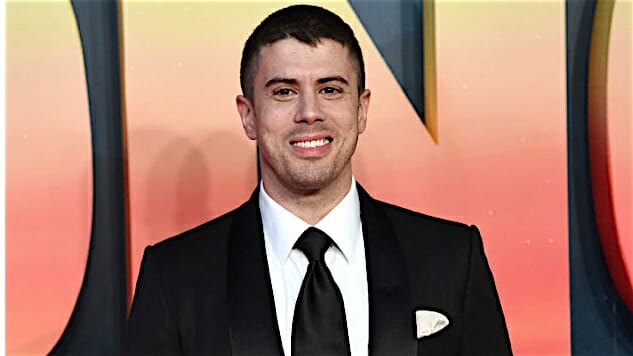Toby Kebbell: Mo-Cap’s Heir Apparent
Could the Skull Island actor you’ve never heard of be the next Andy Serkis?
Photo by Ian Gavan/Getty
Name the actor: He’s given a great, almost Shakespearean turn as a wily primate in the Planet of the Apes franchise. He was the most memorable thing about a Hollywood fantasy epic as a vaguely humanoid monster-with-a-soul. And in a modern remake of King Kong, he takes double duty, playing both human side-character and the king of the apes himself. In each case, he brought the character to life via motion capture.
Of course, most film fans will immediately think Andy Serkis, one of the pioneers of motion capture, and the first true mo-cap star. But it also describes another actor, one who—three mo-cap performances in—looks like he could be a potential successor to the master himself. Toby Kebbell might be a name you’ve never heard, but if you’ve seen Dawn of the Planet of the Apes, in which he played Koba, the troubled rival to Andy Serkis’ head ape Caesar; Warcraft, in which he played rebellious orc Durotan; or new MonsterVerse movie Kong: Skull Island, in which he plays Major Chapman and brings Kong to life along with fellow mo-cap artiste Terry Notary, you’ve also seen this actor give motion capture performances that rival even Serkis’.
-

-

-

-

-

-

-

-

-

-

-

-

-

-

-

-

-

-

-

-

-

-

-

-

-

-

-

-

-

-

-

-

-

-

-

-

-

-

-

-








































